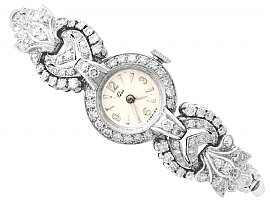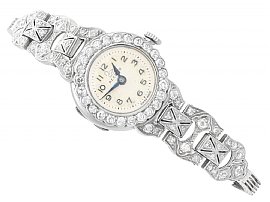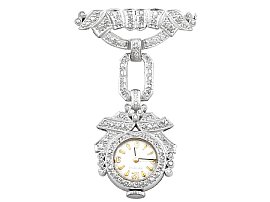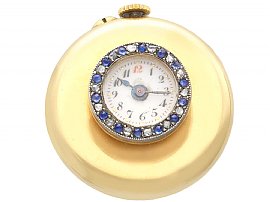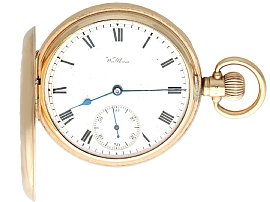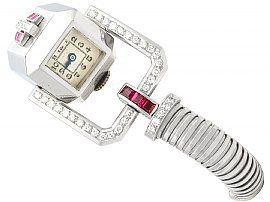History of the Compass
What Is a compass?
A compass is an important instrument used for navigation, orientation and direction. Magnetic compasses are the most common type of compass, however, while the design and construction of this type of compass has changed significantly over the centuries, the concept of how it works has remained the same.
In their earliest use, compasses would have been used as a backup navigation tool for when the sun, stars or other landmarks could not be seen. Magnetic compasses line up with the Earth’s magnetic field by a rotating magnetized needle that points to the magnetic North and magnetic South. In the early stages compasses were made from a needle attached to piece of cork or wood that floated freely in a dish of water, this was known as a ‘wet compass’. As scientists and engineers’ studies more about magnetism the compass needle was mounted and placed in the middle of a card that showed the cardinal directions - north, south, east, and west.
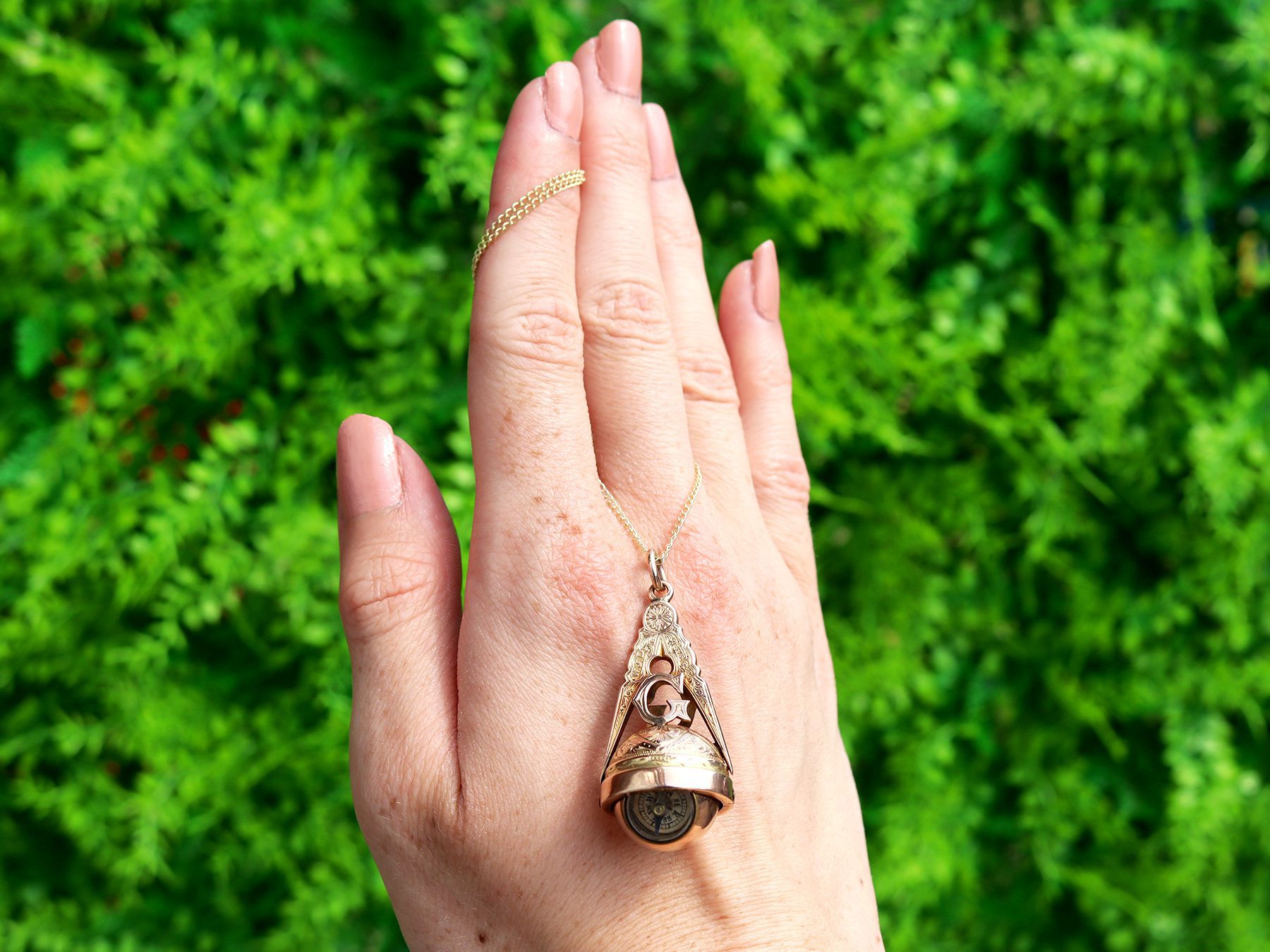
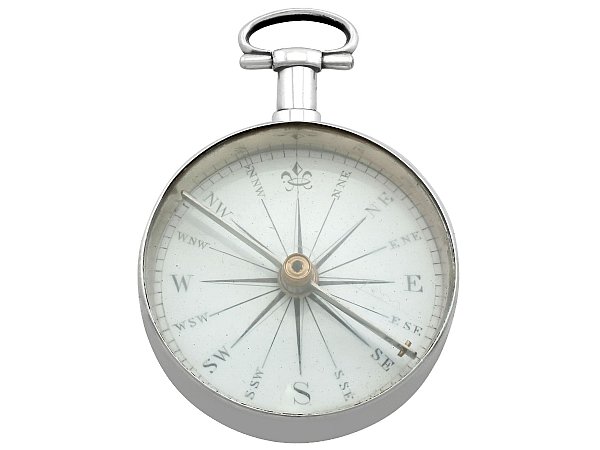
History of the compass
The invention of the compass originates to China’s Han Dynasty between 300 and 200 BC. Originally, they were used for divination, fortune-telling, geomancy and Feng Shui. Historians believe China were the first civilization to develop the magnetic compass but it wasn’t until the 12th century people discovered that they could be used as navigation tool; when China’s military began using them for naval orienteering. This wet compass was known as the ‘south pointing fish’ and was a magnetized iron fish that floated in a bowl of water.
The ‘dry compass’ did not make an appearance until the 13th century, the first dry compass was a turtle compass which was made from wood which was balanced on a bamboo needle that rotated freely. Other dry compasses were made from stone but were shaped like a spoon or ladle who’s handle pointed south.
Originally, compasses were made from lodestone a form of the mineral magnetite. Lodestone is a dull, grey rock that can attract magnetise and silver. These magnetic metals can then align themselves north and south.
Wet and dry compasses also made an appearance in Europe in the 12th century. During the first and second world wars compasses were essential to military operations as they navigated war ships. They were very utilitarian in design, and although portable, they were very heavy as they began to use robust materials such as nonmagnetic metals including bronze, silver and even gold to create them.
Compasses were still used in the Victorian and Edwardian eras. During this time, they were commonly made from marble, gold, silver and bronze. Although they were still used for navigation and travel these compasses were likely commissioned to be a decorative accessory to show-off wealth and class. These beautiful compasses were decorated with gemstones, mirror and clock faces. The were worn suspended on gold chains and pendants or in pockets.
